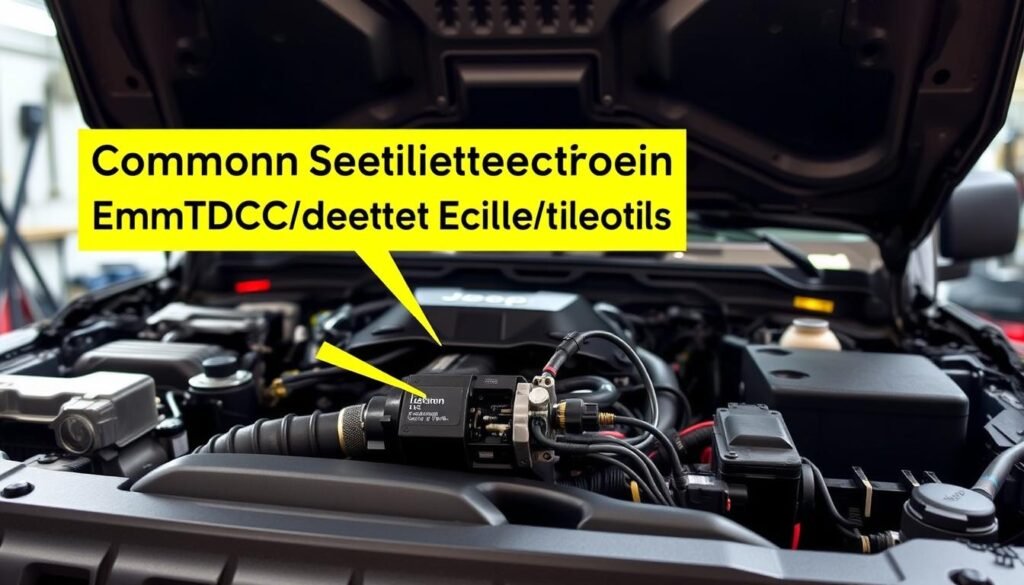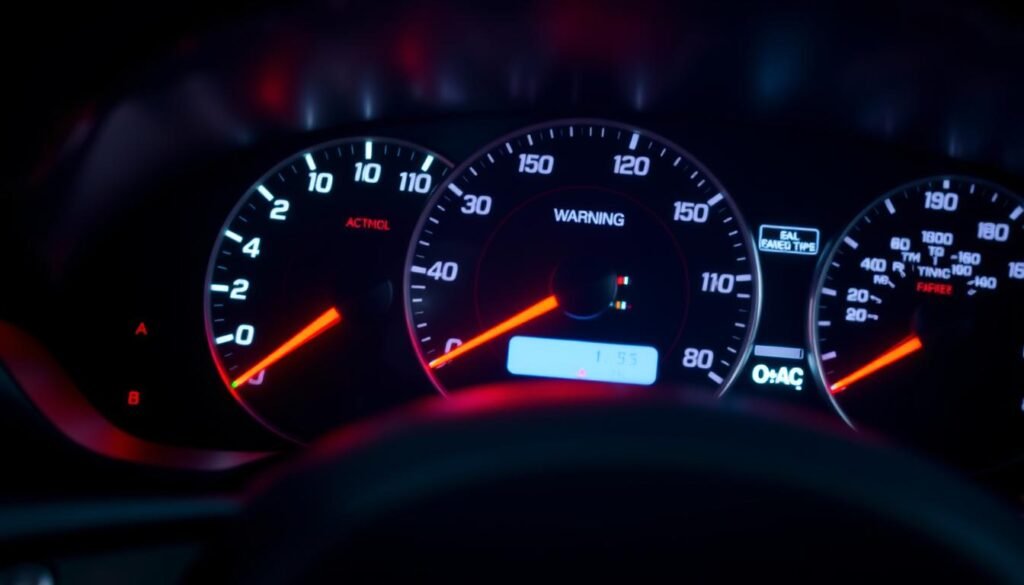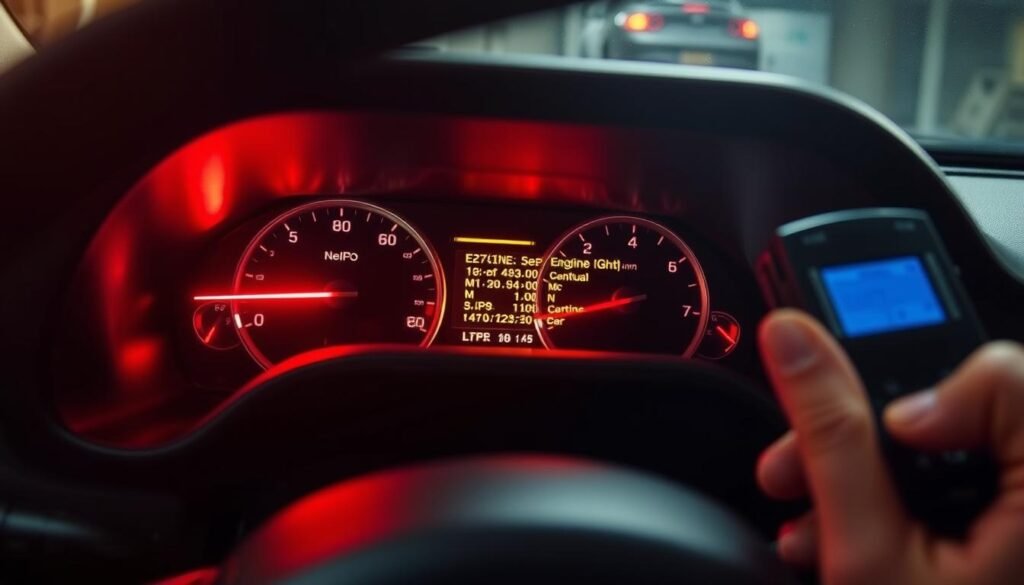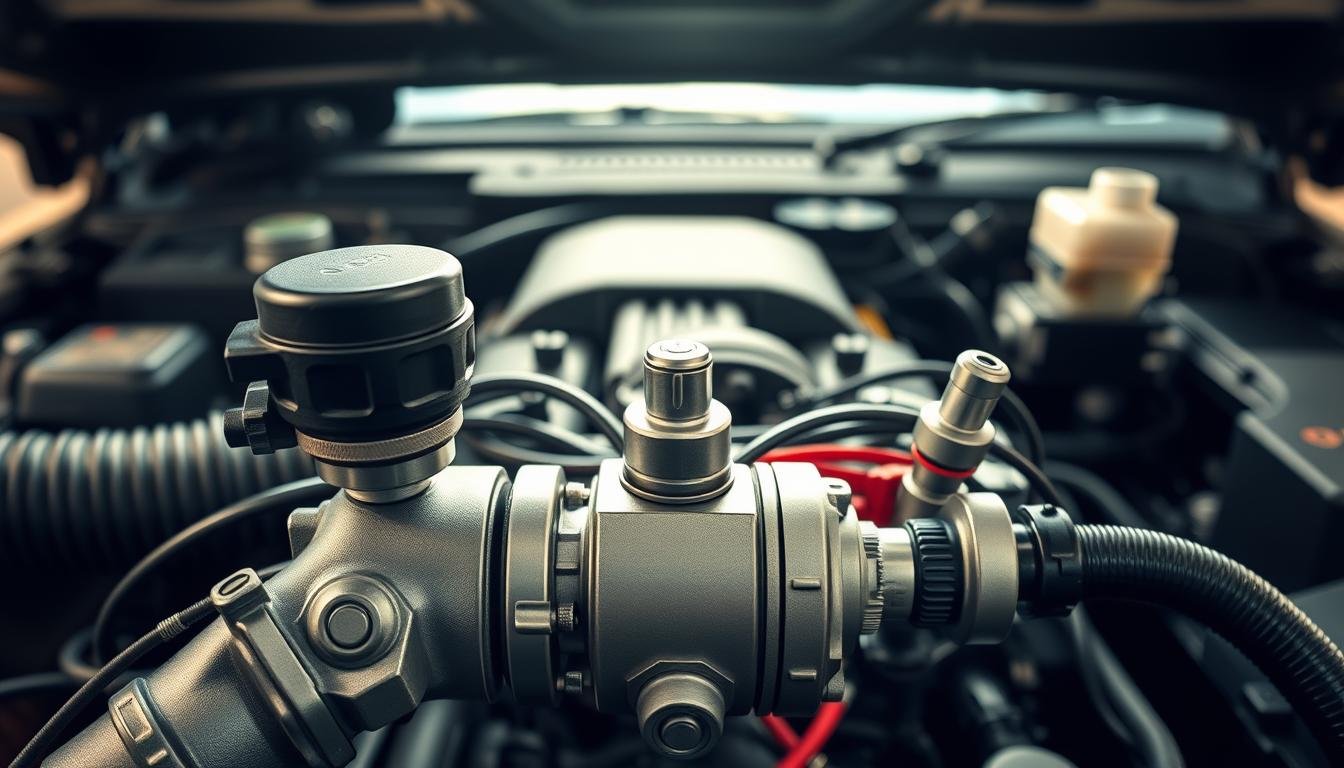What Is Jeep Electronic Throttle Control? Critical 9 Troubleshooting
The Jeep Electronic Throttle Control (ETC) system is essential for your vehicle’s performance and safety.
Troubleshooting Jeep ETC problems can seem hard, but if you know how it works, it’s easier. This guide offers insights into common issues that could affect your Jeep.
This article aims to give you useful information. It will help you spot ETC failure signs, troubleshoot Jeep electronic throttle control issues, and keep your Jeep running well.
We’ll discuss recognizing symptoms, diagnosing issues, and troubleshooting effectively to maintain your vehicle’s throttle system.
Whether you’re an experienced mechanic or a new Jeep owner, this guide will help you feel confident in handling ETC problems. Let’s start and make sure your driving is safe and fun!
What’s The Jeep Electronic Throttle Control System
The Jeep electronic throttle control system is key to engine performance. It controls airflow to the engine when you press the accelerator.
It uses advanced sensors to ensure the right amount of air enters the engine. This improves efficiency and how the car responds.
The system has a vital part called the throttle body position sensor. This sensor knows the throttle’s position and tells the engine control unit (ECU).
The ECU then adjusts fuel and timing for better engine performance. Knowing how these parts work helps in fixing problems early.
Common Jeep ETC Issues and Warning Signs
Jeep owners might face various jeep etc issues with the electronic throttle control (ETC) system. These problems can mess with how smoothly your Jeep accelerates.
You may find your Jeep speeding up on its own or not picking up speed as it should.
Another common issue is a high idle, hinting at jeep electronic throttle control problems. This means your engine runs at higher RPMs than normal.
It makes keeping a steady speed difficult. Sometimes, your car may suddenly lose power, especially when you try to speed up quickly.
It’s crucial to spot throttle control warning signs early to keep your Jeep safe. Look out for warning lights on your dashboard, especially the red lightning bolt icon.
This icon means there’s a problem with the throttle system. You might also notice your engine stalling or the gears shifting weirdly.

What Does The ETC Warning Light on a Jeep Indicate?
The etc warning light jeep is an important sign of potential problems in the electronic throttle control system.
This light can mean minor sensor issues or complex problems needing more attention. Knowing the warning light meaning allows you to take the right steps for fixing or upkeep.
Common reasons for the jeep electronic throttle control light to turn on include:
- Faulty throttle position sensor
- Wiring issues related to the throttle control
- Mechanical failures within the throttle body
- Software problems in the vehicle’s onboard computer
Knowing the warning light meaning helps you decide whether it’s safe to keep driving or if you need expert help. This ensures your Jeep is reliable and secure for the road.

Symptoms of Jeep Electronic Throttle Control Failure
It’s vital to recognize when the electronic throttle control (ETC) in your jeep isn’t working right.
This system helps manage your car’s speed. If it breaks, you might see some clear warning signs.
Some of these signs are:
- Reduced acceleration when pressing the gas pedal.
- Stalling during operation, particularly at low speeds.
- Inconsistent throttle response, where the engine speeds up and slows down unpredictably.
- High idle conditions, causing the engine to run at higher RPMs than normal.
- Your vehicle entering limp mode, which restricts engine performance to prevent potential damage.

Knowing these electronic throttle control problems is the first step to fixing them. If you see any of these signs, it might be time to look into it more.
Or, you might need to get help from a pro. This ensures your Jeep stays safe and runs well.
Diagnosing Jeep ETC Problems
Facing issues with your Jeep’s electronic throttle control (ETC) requires a step-by-step method for solving them. Begin by using an OBD-II scanner.
This device reads trouble codes from your engine control unit (ECU). It helps identify specific problems by providing detailed errors.
Then, examine the throttle body and its electrical connections closely. Look for any obvious damage or dirt that could affect how it works. Obstructions in these areas can greatly reduce throttle efficiency.
Here are the throttle control diagnostic steps you should follow:
- Connect the OBD-II scanner to your Jeep’s diagnostic port.
- Record any trouble codes that the scanner retrieves.
- Inspect the throttle body for any dirt or buildup inhibiting performance.
- Check the wiring and connectors for any frayed or damaged sections.
- Clear the trouble codes and test drive the Jeep to see if the issue persists.
Keep troubleshooting by assessing the signals from the accelerator pedal and throttle position sensor if issues don’t clear up.
Know these signals to figure out if the sensors or the throttle body itself is the problem.

Following these guidelines, you’ll be able to fix problems with your Jeep’s electronic throttle control. This will ensure your Jeep runs smoothly.
Common Causes of Jeep Electronic Throttle Control Issues
Knowing why your Jeep’s throttle system might fail is key to fixing it faster. Several factors can cause trouble with the electronic throttle control (ETC) system.
A bad throttle body, often due to wear or flaws, is a major issue. Throttle position sensor problems can also mess with your Jeep’s engine and throttle communication.
Plus, electrical problems might lead to electronic throttle control glitches. Worn or damaged wiring can disrupt signals, causing unpredictable engine performance.
Additionally, dirt and junk in the throttle body can restrict airflow. This makes the engine less efficient and responsive.
Regular upkeep can prevent these problems. Cleaning the throttle body and checking sensors can stop bigger issues later.
By keeping up with maintenance, your Jeep’s ETC system will be more reliable.
Jeep Electronic Throttle Control: Troubleshooting Steps
When your Jeep’s throttle control acts up, it’s best to follow a systematic method. Start with these initial steps:
- Look for any warning lights on the dashboard to spot problems.
- Use an OBD-II scanner to find and understand any trouble codes that could point to the issue.
- Check the throttle body and its parts for damage or dirt that might cause trouble.
- If any parts are damaged or dirty, clean or replace them to get things working right.
- After fixing the electronic throttle control, go for a test drive to make sure everything is fixed.
This guide helps you tackle common issues with your Jeep’s electronic throttle system. Fixing these issues can really improve how your car drives and how reliable it is.
How To Reset The Electronic Throttle Control on A Jeep
Resetting the electronic throttle control (ETC) on your Jeep is crucial. This is especially true when the warning light stays on, even after you’ve fixed the problems.
Doing a reset lets the ECU (Engine Control Unit) adjust the throttle’s position. This could make your Jeep work like normal again.
To start resetting the electronic throttle control, just follow these steps:
- Turn off your Jeep and make sure it’s in park.
- Disconnect the negative terminal from the battery.
- Wait for about 5-10 minutes to let the system reset.
- Reconnect the battery terminal securely.
- Start your Jeep and let the throttle control system recalibrate on its own.
After you’ve done these steps, keep an eye on the dashboard for any error lights. If the warning light comes back, look over any issues you found before.
Make sure to solve big problems before doing a Jeep etc reset. This helps avoid more trouble later on.
Jeep ETC Replacement: When Is It Necessary?
Knowing when to replace your Jeep’s throttle control can make driving better and your car last longer.
You should think about replacing the jeep etc if problems keep happening even after fixing it.
The throttle control might be failing if you see warning lights a lot, your engine power goes down, or your car speeds up weirdly.
To know when it’s time to change your throttle control, look for these signs:
- Warning Lights: A lit ETC warning light even after you’ve tried fixing it means you might need to take further steps.
- Performance Issues: If your car accelerates slowly or loses power sometimes, the throttle might not be working right.
- Diagnostic Codes: Engine warning lights with throttle control codes can show it’s time for a new one.
To decide wisely, see how bad the damage is. If fixing it doesn’t clear up these issues, then getting a new throttle control is a good move.
| Indicator | Action Needed |
|---|---|
| Persistent ETC Warning Light | Consider replacement |
| Noticeable Performance Decline | Evaluate further |
| Check Engine Light with Throttle Codes | Prepare for replacement |
Jeep Electronic Throttle Control Repair Costs
Knowing the cost to fix your Jeep’s electronic throttle control (ETC) is very important. The price can change a lot, depending on what’s wrong and what parts need work.
A simple job like cleaning the throttle body might be under $100. But, more complicated issues, such as swapping out a throttle position sensor or the whole throttle body, could run from $200 to $600.
It’s smart to get estimates from trustworthy mechanics to ensure you get good value.
Repairs for throttle control can also include paying for labor, checks to figure out the problem, and parts.
These all add up in the final cost for fixing the throttle control. Knowing about these costs helps you plan for the maintenance and budgeting for your car.
| Repair Type | Estimated Cost |
|---|---|
| Throttle Body Cleaning | Under $100 |
| Throttle Position Sensor Replacement | $200 – $400 |
| Throttle Body Replacement | $400 – $600 |
Conclusion
Learning how your Jeep’s electronic throttle control system works is crucial for its performance.
Knowing possible problems and signs helps you fix issues quickly. This avoids bigger issues down the road.
By following suggested troubleshooting steps, you can find any problems with your Jeep’s throttle.
This saves time and money. Plus, it keeps your Jeep running well. It’s important to act fast when you face any issues.
Thinking about throttle control, remember that knowing about your car helps a lot.
Regular checks and being informed ensure a smooth drive. You’ll enjoy your Jeep more for many years.
FAQs
Q: What causes the ETC warning light to illuminate on my Jeep?
A: The ETC warning light can mean problems with the throttle control. This happens due to sensor errors, electrical issues, or dirt in the throttle body.
Q: How can I reset the Electronic Throttle Control on my Jeep?
A: To reset the ETC, first turn off your car. Then, unplug the battery for a few minutes. After that, reconnect it. This clears errors and recalibrates the throttle.
Q: What are the common symptoms of Jeep ETC failure?
A: You might see less power when accelerating, or your car might stall. The throttle might not respond right, idle too high, or go into limp mode to avoid damage.
Q: How much does it typically cost to repair Jeep ETC issues?
A: Fixing it can vary in cost. Cleaning is cheaper, under 0. But, replacing sensors or the throttle body costs between 0 and 0.
Q: What should I do if my Jeep has a high idle due to the ETC system?
A: Check the throttle body for dirt or damage. Also, check all related parts. Use an OBD-II scanner to find any trouble codes. This will help with repairs.
Q: How can I diagnose my Jeep’s Electronic Throttle Control problems?
A: Begin with an OBD-II scanner to check for trouble codes. Then, inspect the throttle body and its parts for any visible issues.
Q: When should the Electronic Throttle Control in my Jeep be replaced?
A: It might need replacing if fixing it doesn’t help. Or, if the parts are very damaged. This is especially true if the ETC light keeps coming on.







